PRODUCTS BY CATEGORY
SMART TOUCH SWITCHES
HERO PRODUCT
SMART RETROFIT SWITCHES
DIGITAL SECURITY
SMART EXTENSIONS
SMART GLASS
BEST SELLING PRODUCTS
TOUCHCRAFT SWITCHES
MODULAR TOUCH SWITCHES
GO LUX TOUCH SWITCHES
GANG TOUCH SWITCHES
AURA TOUCH SWITCHES
DESIGNER TOUCH SWITCHES
CREATIVE TO BE MADE IN REFERENCE TO RETROFIT SMART SWITCHES
CREATIVE TO BE MADE IN REFERENCE TO MOTORISED CURTAINS
CREATIVE TO BE MADE IN REFERENCE TO MOTORISED BLINDS
REMOTE ENABLED
AUTOMATION ENABLED
----------------------------------------------------OUR PACKAGES------------------------------------------------------
PACKAGES FOR 2BHK
Enter your title
Enter your description
$
39
99
Monthly -
List Item #1
-
List Item #2
-
List Item #3
Click Here
This is text element
Enter your title
Enter your description
$
39
99
Monthly -
List Item #1
-
List Item #2
-
List Item #3
Click Here
This is text element
Enter your title
Enter your description
$
39
99
Monthly -
List Item #1
-
List Item #2
-
List Item #3
Click Here
This is text element
Enter your title
Enter your description
$
39
99
Monthly -
List Item #1
-
List Item #2
-
List Item #3
Click Here
This is text element
PACKAGES FOR 3BHK
Enter your title
Enter your description
$
39
99
Monthly -
List Item #1
-
List Item #2
-
List Item #3
Click Here
This is text element
Popular
Enter your title
Enter your description
$
39
99
Monthly -
List Item #1
-
List Item #2
-
List Item #3
Click Here
This is text element
Popular
Enter your title
Enter your description
$
39
99
Monthly -
List Item #1
-
List Item #2
-
List Item #3
Click Here
This is text element
Popular
Enter your title
Enter your description
$
39
99
Monthly -
List Item #1
-
List Item #2
-
List Item #3
Click Here
This is text element
Popular
PACKAGES FOR 4BHK
Enter your title
Enter your description
$
39
99
Monthly -
List Item #1
-
List Item #2
-
List Item #3
Click Here
This is text element
Popular
Enter your title
Enter your description
$
39
99
Monthly -
List Item #1
-
List Item #2
-
List Item #3
Click Here
This is text element
Popular
Enter your title
Enter your description
$
39
99
Monthly -
List Item #1
-
List Item #2
-
List Item #3
Click Here
This is text element
Popular
Enter your title
Enter your description
$
39
99
Monthly -
List Item #1
-
List Item #2
-
List Item #3
Click Here
This is text element
Popular
-------------------------------------------------------Testimonials-------------------------------------------------------
Lorem ipsum dolor sit amet, consectetur adipiscing elit. Ut elit tellus, luctus nec ullamcorper mattis, pulvinar dapibus leo.

Lorem ipsum dolor sit amet, consectetur adipiscing elit. Ut elit tellus, luctus nec ullamcorper mattis, pulvinar dapibus leo.

Lorem ipsum dolor sit amet, consectetur adipiscing elit. Ut elit tellus, luctus nec ullamcorper mattis, pulvinar dapibus leo.

Previous
Next
































